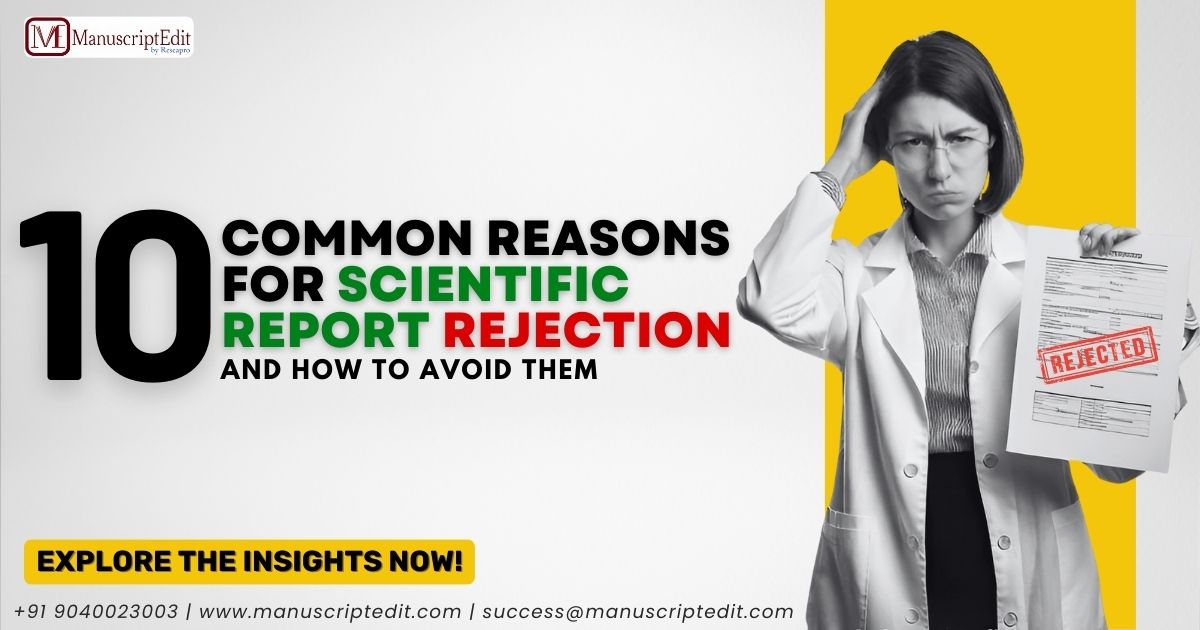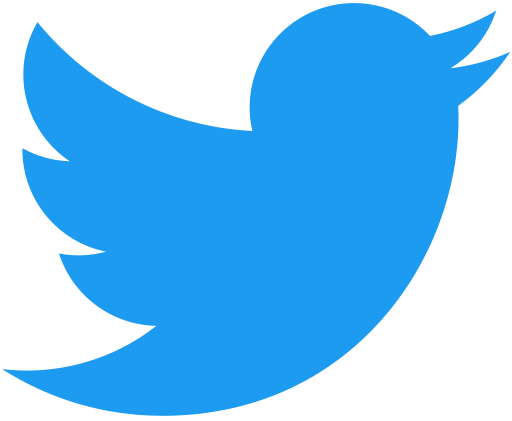
Publishing a scientific paper is never an easy journey; it always includes disappointment from rejections. Though rejection is part of the process of academic publishing, understanding the reasons for rejection can significantly improve your chances of success. In this blog, we will explore the most common reasons for rejection in scientific reports, discuss recent incidents, and provide actionable tips to overcome these hurdles.
1. Lack of Novelty or Originality
The main reason for rejection is owing to a lack of novelty. What editors and reviewers usually look for is a manuscript contributing something new to the literature. Papers that have to say nothing other than what is already known, without offering new insight, usually do not meet the criteria for novelty.
Recent Insight: In 2023, a high-profile case involved a manuscript submitted to a reputable journal that was flagged for replicating findings from a previously published study. This incident underlines the need to do a thorough literature review in order to make your work stand out.
Solution:
- Emphasize the novelty of your work in both the introductory and discussion sections.
- Explain how your research is advancing the field.
2. Poor Journal Scope Alignment
One very common mistake authors make is submitting their manuscript to a journal that does not fall within the scope of that journal. Even the best papers may be rejected simply because they are not relevant to the readership of that journal.
Example: An editorial report by Scientific Reports said that about 25% of the submissions in the year 2022 were desk rejected due to mismatch in scope.
Solution:
- The authors should carefully read the aims and scope of the journal before making a submission.
- Utilize professional journal selection services to determine the appropriate fit for your research.
3. Inadequate Scientific Rigor
Papers with poor methodologies or too limited datasets to actually prove something in that field usually don’t get through peer review. Some frequent pitfalls are small sample size, bad experimental design, or a complete lack of any kind of statistical analysis at all.
Case Study: A research group got rejected once because they couldn’t present reproducible experimental data. The reviewers commented that incomplete documentation raised suspicions about the validity of the findings.
Solution:
- Do detailed and transparent data analysis.
- Include supplemental material to provide additional evidence.
4. Poor Writing and Presentation
Clarity and readability also form the basis for the acceptance of scientific reports. Poor grammar, indefinite hypotheses, and disorganized structures all contribute to rejections.
Observation: Most journals, especially high-ranking ones like Nature Communications, impress upon their authors that even the best research will be rejected without effective communication.
Solution:
- Avail of professional scientific editing to ensure that your manuscript is polished.
- Use specific language, avoiding jargon.
5. Ethical Concerns
Serious ethical issues concern data fabrication, plagiarism, and undisclosed conflict of interest. With increasing vigilance for ethical compliance, journals are now well-equipped with tools such as Turnitin and Crossref Similarity Check.
Incident: In 2022, one controversy involved a researcher whose manuscript was retracted after an AI plagiarism tool flagged it for similarities to another paper. Such incidents besmirch reputations and erode trust.
Solution:
- Tools of plagiarism detection to be used before submission.
- Ensure proper citations and ethical compliance in your work.
6. Incomplete or Incorrect Submission
Many papers are rejected outright because authors do not follow the submission guidelines. For example, desk rejection might be due to missing supplementary material, improper formatting, or unstructured references.
Statistics: According to Wiley Journals, 15% of the initial rejections in 2022 were due to incomplete submissions.
Solution:
- Re-check the journal author guidelines.
- Use a peer review service to catch errors before submission.
7. Intersecting Submissions
Sending the same manuscript to more than one journal is considered unethical and mostly meets with rejection. Journals need exclusivity for their reputation, and such practices result in blacklisting.
Tip: Consult a research advisory service if you are unsure of how to go about the submission to avoid mistakes.
8. Negative Peer Reviews
Other common reasons for rejection include negative comments from peer review. Peer review is designed to gauge the validity, significance, and originality of research; as such, unfavorable comments will be a contributing factor in the decision.
Solution:
- Address potential weaknesses at the times of manuscript preparation.
- Use a pre-submission peer review service for suggesting improvements.
9. Failure to Address Reviewer Comments
Most of the resubmitted manuscripts fail because of failure by authors to attend to the comments provided by the reviewers. The reviewers expect some elaborated responses and revisions concerning their suggestions.
Example: A recent article by Elsevier mentioned that editors rejected a large proportion of resubmissions simply because their authors failed to justify certain revisions on critical comments.
Solution:
- Engage the reviewers by writing a comprehensive rebuttal letter.
- Thoroughly implement suggested changes.
10. Overemphasizing AI in Submissions
While AI is a potent tool that revolutionizes research, too much reliance on the content or tools generated may raise several worries about originality and authenticity.
Recent Issue: One such paper submitted early this year was rejected due to excessive use of ChatGPT; there were questions about the contribution by an author.
Solution:
- AI tools should be used very carefully, and their output should only be used for creating drafts or as an assistant to editing.
- Focus on the exhibition of your unique insights.
Final Thoughts
A rejected manuscript does not have to mean your efforts are down the drain. Every rejection is a surety that your work gets perfected, and this makes you do stronger research. The possibility of improving chances of acceptance, by realizing common pitfalls and availing professional services in the lines of journal selection, scientific editing, and peer review, will also be enhanced.
Remember, every published researcher has faced rejection at some point in their journey. Stay persistent, learn from feedback, and trust the process. After all, every great publication starts with a commitment to excellence.



